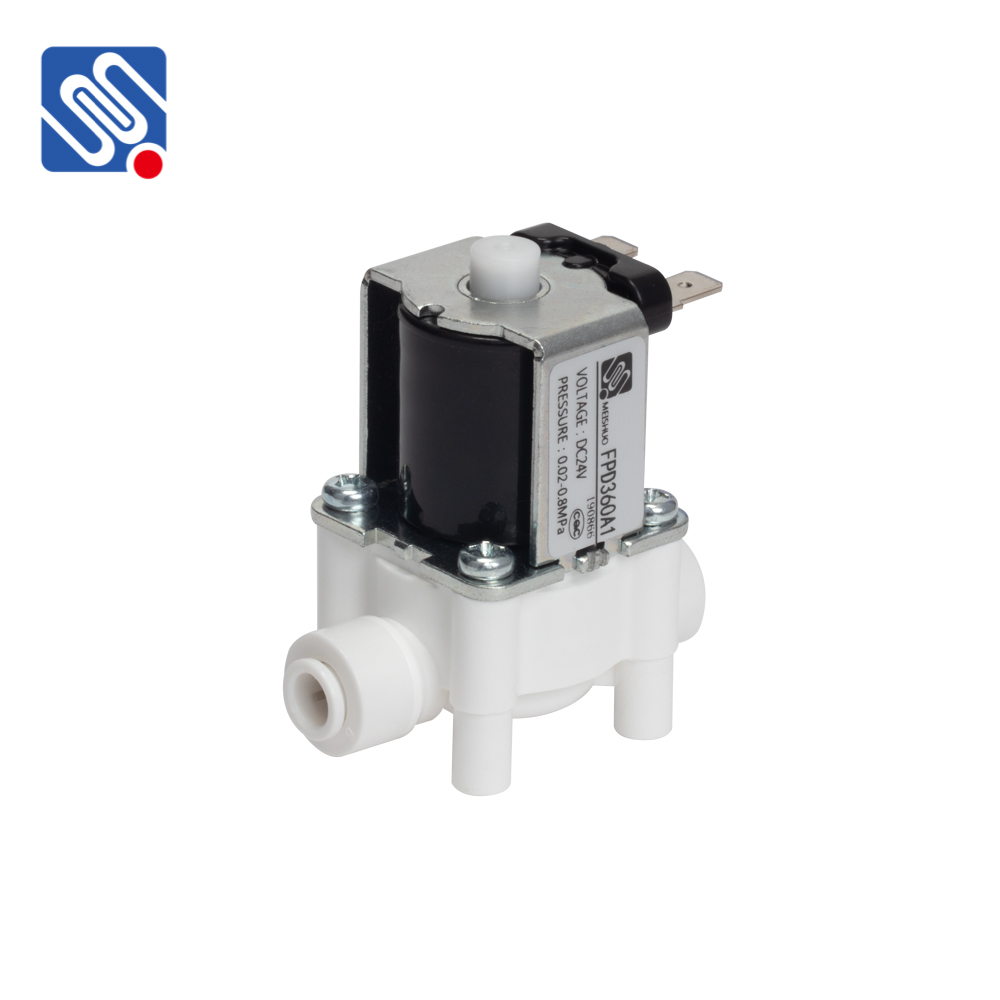understanding normally open solenoid valve: function, applications, and benefits
Release time:2025-04-17 07:59:45
A Normally Open Solenoid Valve (NOSV) is an essential component in many industrial and commercial systems. It is a type of valve that operates through an electromagnetic solenoid, which controls the flow of liquids, gases, or air within a system. This valve plays a critical role in a variety of applications, ranging from home appliances to complex manufacturing processes. In this article, we will explore the function, design, applications, and benefits of Normally Open Solenoid Valves.

What is a Normally Open Solenoid Valve?
A Normally Open Solenoid Valve is a type of electromechanical valve that controls the flow of fluid or gas. It is designed such that, in its default state (i.e., when the solenoid is not energized), the valve remains open, allowing the fluid or gas to pass through. When the solenoid is energized (powered), the valve closes, stopping the flow.
In simple terms, the valve remains open under normal conditions, and only when electricity is applied to the solenoid, the valve shuts. The mechanism works through an electromagnetic force that actuates the valve mechanism, either by pulling a plunger or moving a diaphragm, depending on the valve's design.

